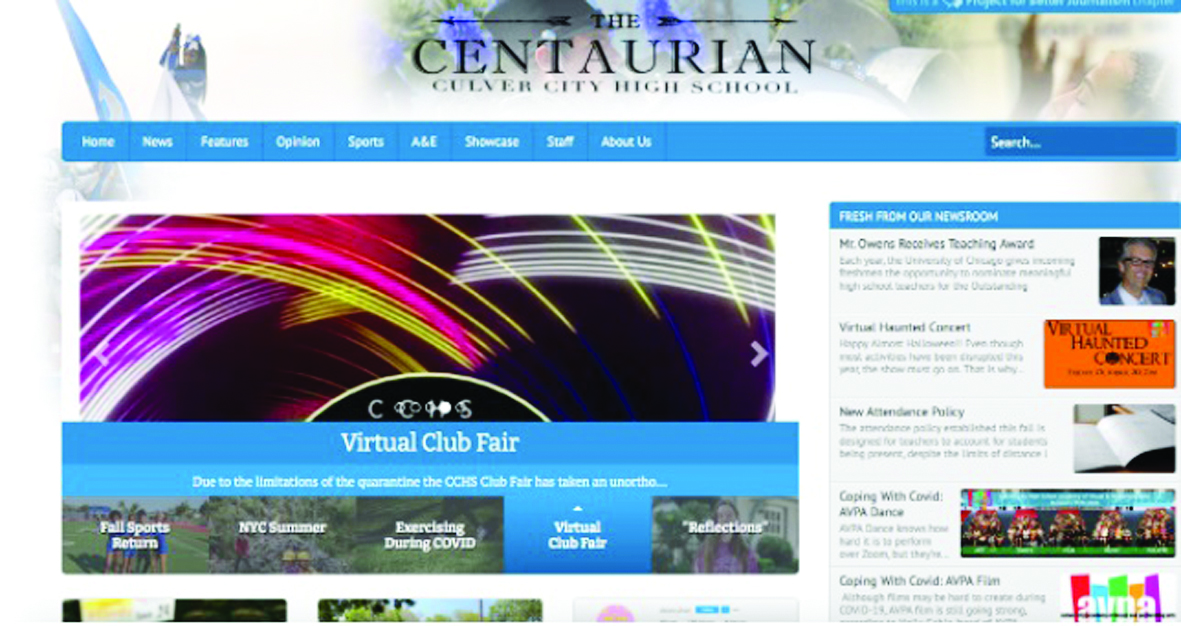The night before my first meeting as the newly named president of Culver City High School’s Journalism Club, I was stuck inside my room, panicking. There were all sorts of concerns – would I be able connect to new members on Zoom? Would I be able to deal with the possibility of my connection cutting out as I was speaking? And most importantly, was I up to the task of heading an entire newspaper amidst a turbulent, pandemic-ridden year?
My concerns were certainly valid – all of these concerns were about issues I’ve frequently had to deal with while adjusting to doing journalism fully online. Yet, while running the school newspaper has certainly come with its own challenges, it’s also come with a lot of opportunities. Even though the Journalism Club has been unable to meet in person, we’ve found a number of other ways to remain connected and work on projects that we’ve never had the chance to tackle before.
One example of this is podcasting. While speaking with other students on the newspaper’s editorial staff, one of the things we agreed on was branching into more multimedia storytelling, with our first foray being podcasts. Normally, such a task would be difficult; requiring club members to agree to an in-person meeting date and being provided with necessary materials such as a laptop and microphone. Holding meetings online, however, has both ensured a lot more time-based flexibility as well as easier access to technology. While the experiment is still a work in progress, it’s something that bodes well for future such projects.
Among one of these projects is the possibility of creating virtual events where experienced journalists and professionals can be invited. This is an area where the added flexibility of virtual meetings also helps – many journalists either operate on tight schedules or live quite far away from Culver City High School. Being online allows for far more freedom in regards to both who can be invited and how many students – who especially heading into finals, are dealing with a hefty workload of their own – might be able to attend these events.
Meanwhile, with the help of programs like Zoom and Google Drive, club members have still managed to stay in touch and keep working on their separate articles. As president, I’ve created a shared Google folder containing journalism-related resources and information for any interested students. I also regularly email students about deadlines and club meeting dates and times, something that I’ve found has definitely helped with turnout.
All of this has proved incredibly crucial, at a time when both my work as club president and the individual work of each club member matters more than ever. With the pandemic has come increased responsibility for our reporting, as well as more “higher stakes” stories involving serious events with the potential to alter students’ lives. For instance: Culver City High School’s plan for returning to in-person schooling. This is a development that the club has kept a close eye on, and one in which factual, accurate reporting may prove crucial in determining the safety of such a return.

